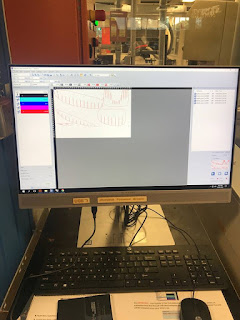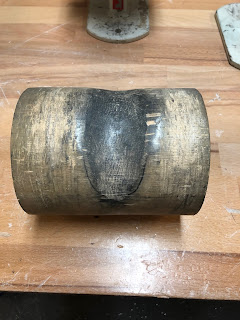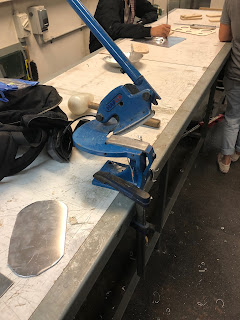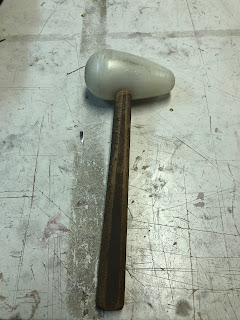Assignment 3 - Reflection

Assignment 3 - Reflection - Fuel Tank Throughout the semester, undertaking the digital making course, the overall goal of the individual sessions and tutorials was to guide us students through each of the submissions that were required but ultimately was to provide skills, tips and techniques that will help us deliver the final assignment the “Fuel Tank”. This reflection will critically review the process behind and finished product. The goal of the fuel tank assignment was to join into groups to deliver a successful 1:1 scale template that replicated one of the designs that were provided and create an aluminium skin that reflected and adhered to the shape and contours of the fuel tank itself. Difficulties: To deliver the fuel tank successfully a specific procedure and process needed to be utilised to ensure that; we created a template that was 1:1 scale and it replicated the shape as much as possible. These procedures required the utilisation of specific tools and programmes



